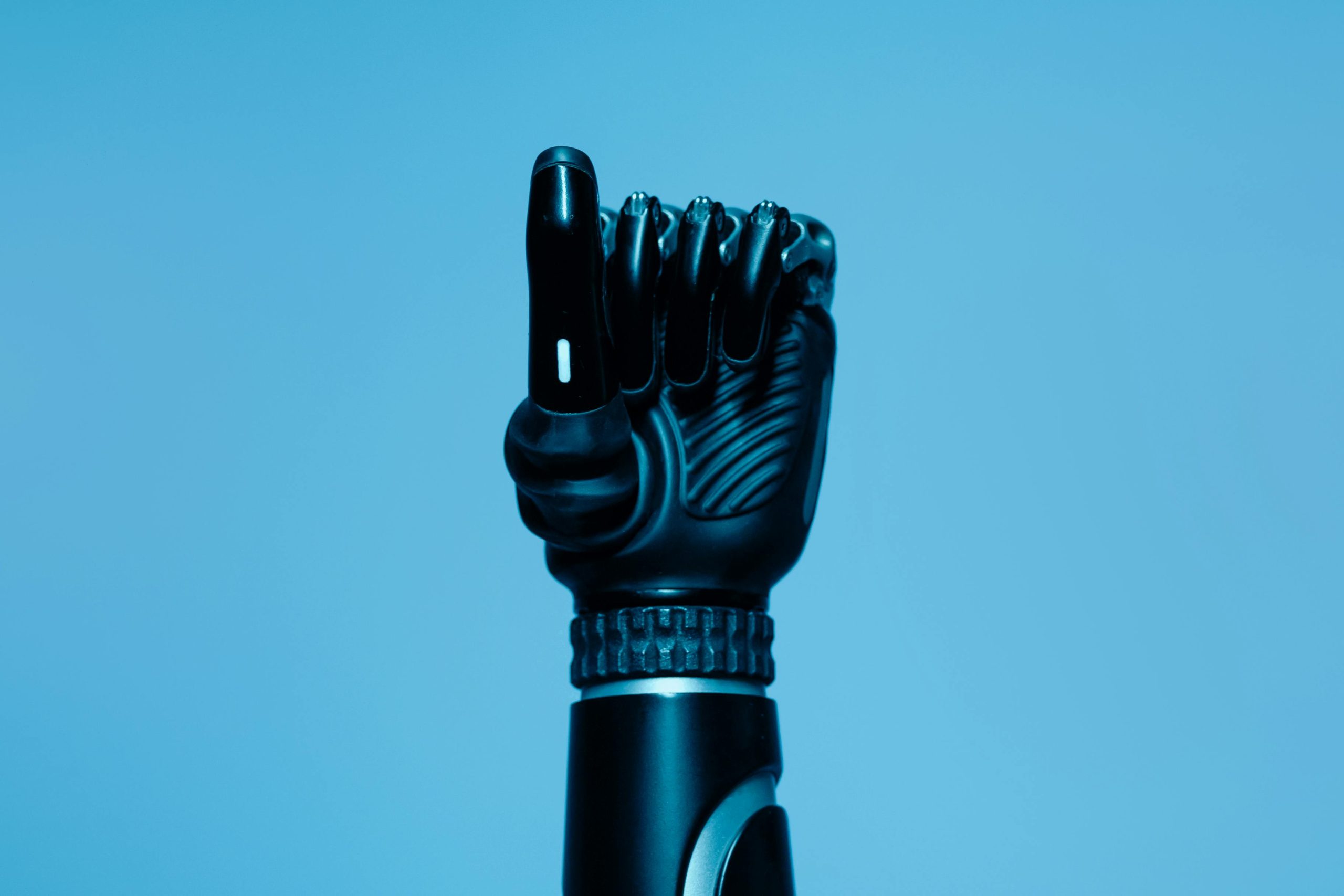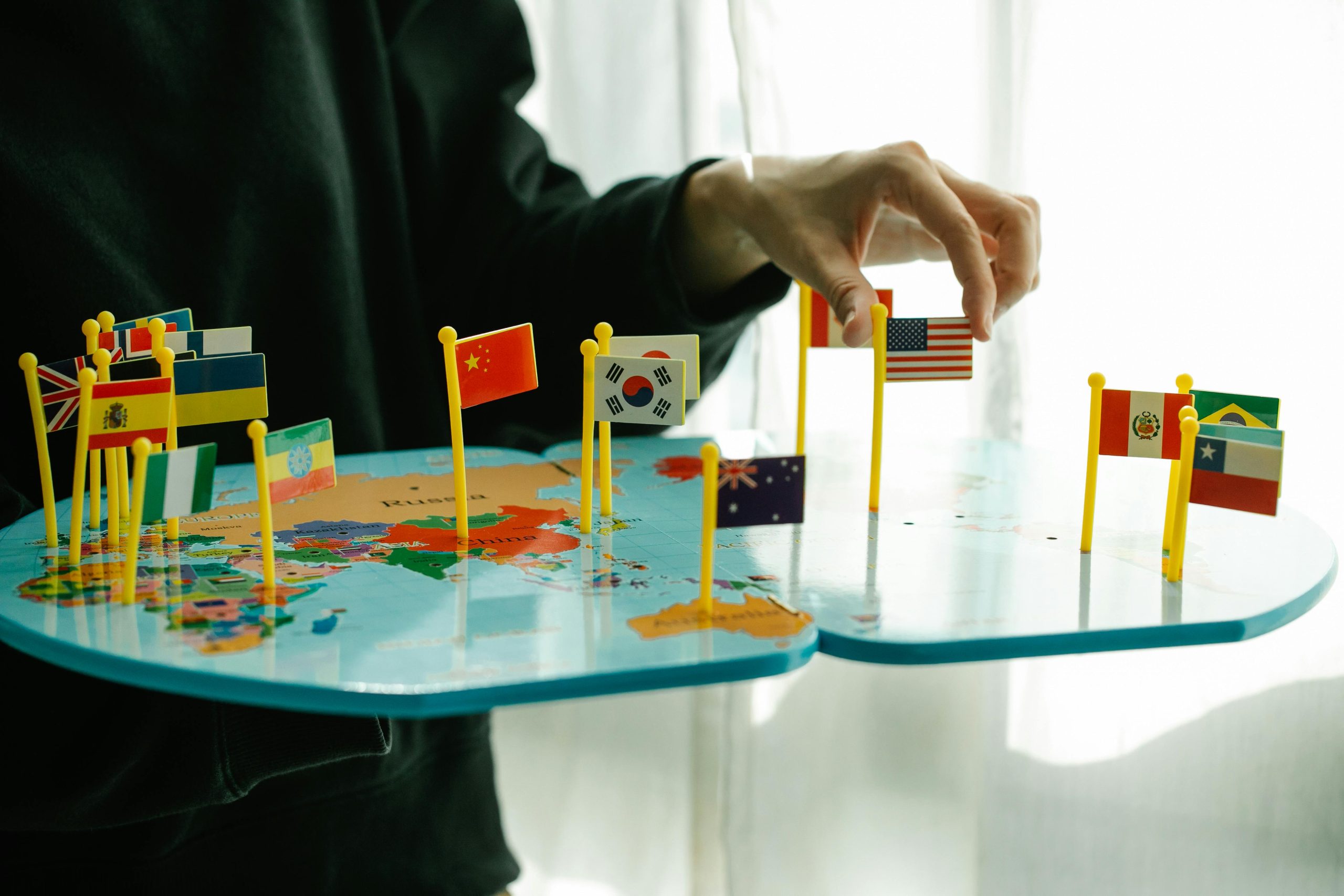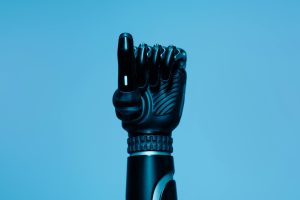Nano Banana is going viral — here’s what’s happening & what I tried ✨
Exploring the Viral Phenomenon of Nano Banana’s Imaging Tool: An In-Depth Review and User Insights
The digital art and AI image generation landscape is constantly evolving, and recent weeks have seen a remarkable surge in interest around Gemini’s innovative platform, Nano Banana. Particularly, its Flash Image / Nano Banana tool has garnered widespread attention for its ability to transform photographs into stylistic artworks with minimal input. As this trend gains momentum, I wanted to share my experiences with the tool, discuss its capabilities and limitations, and invite your perspectives on its future potential.
My Experience with Nano Banana
To gauge the tool’s strengths and weaknesses, I experimented with a the following approach:
- I uploaded a high-resolution, face-forward portrait photograph.
- I requested a stylistic transformation with the prompt: “Vintage Bollywood saree portrait in soft golden lighting.”
The resulting image was quite interesting—it captured the requested aesthetic to some extent, though some facial features appeared slightly distorted. Seeking refinement, I modified the prompt:
- I included more specific constraints, such as precise face shape and a refined color palette.
This iteration yielded a marginal improvement, yet the results still fell short of perfection. Such outcomes highlight some of the challenges users might face, especially when aiming for detailed accuracy.
Common Challenges and User Observations
Many users online have reported that Nano Banana’s tool occasionally:
- Ignores certain parts of prompts, producing images closer to the original or with unintended features.
- Reverts to a generic style or semblance, especially with complex or highly detailed instructions.
This inconsistency underscores a broader issue common with emergent AI image generators: balancing prompt complexity against output reliability.
Trending AI Art Styles and Techniques
A popular trend within the community involves generating AI-rendered sarees or 3D figurines based on textual prompts. Responses to these trends vary, and many ask:
- What prompts best capture the desired style, especially for culturally specific attire like sarees?
- How can one achieve more realistic 3D effects or dynamic poses?
Additionally, nostalgic prompts, such as “Hug My Younger Self,” are gaining traction, often evoking stronger emotional responses than simple stylized portraits.
Ethical and Privacy Considerations
With the increasing use of personal photographs as input, users rightly wonder about the ethical implications:
- What are the privacy risks of uploading personal images?
- Are there safeguards to prevent misuse or unauthorized distribution?
It






Post Comment